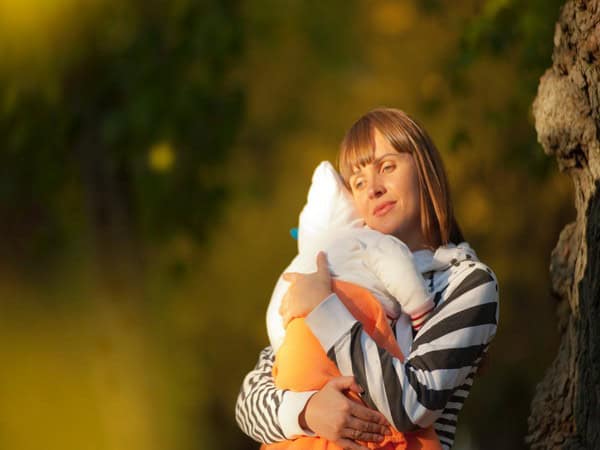Washington: High maternal levels of the stress hormone cortisol during pregnancy can increase feelings of anxiousness and depression in female offsprings at the tender age of 2, a new study reveals.
The findings emphasize the significance of prenatal conditions for susceptibility of later mental health problems in offsprings. The effect of high maternal cortisol hormone on the negative offspring behavior appeared to result from patterns of stronger communication between brain regions important for sensory and emotional processing.
However, male offsprings of mothers with high cortisol during pregnancy did not demonstrate the stronger brain connectivity or a connection between maternal cortisol and mood symptoms.
“This study measured maternal cortisol during pregnancy in a more comprehensive manner than prior research”, said study author, Alice Graham.
To estimate the overall cortisol level during pregnancy, Senior author, Claudia Buss and colleagues, measured cortisol levels over multiple days in early, mid and late pregnancy. Measurements taken from the 70 mothers reflected typical variation in maternal cortisol levels.
The researchers then used brain imaging to examine connectivity in the newborns soon after their birth, before the external environment had begun shaping brain development and measured infant anxious and depressive behaviors at the age of 2.
“Higher maternal cortisol during pregnancy was linked to alterations in the newborns’ functional brain connectivity, affecting how different brain regions can communicate with each other,” added Dr. Buss.
The altered connectivity involved a brain region important for emotion processing, the amygdala. This pattern of brain connectivity predicted anxious and depressive-like symptoms two years later.
The study shows that maternal stress may alter brain connectivity in the developing fetus, which would mean that vulnerability for developing a mood disorder is programmed from birth. This could be an early stage at which the risk for common mental disorders begins to differ in males and females.
The findings appeared in the journal of ‘Biological Psychiatry’.
(ANI)

